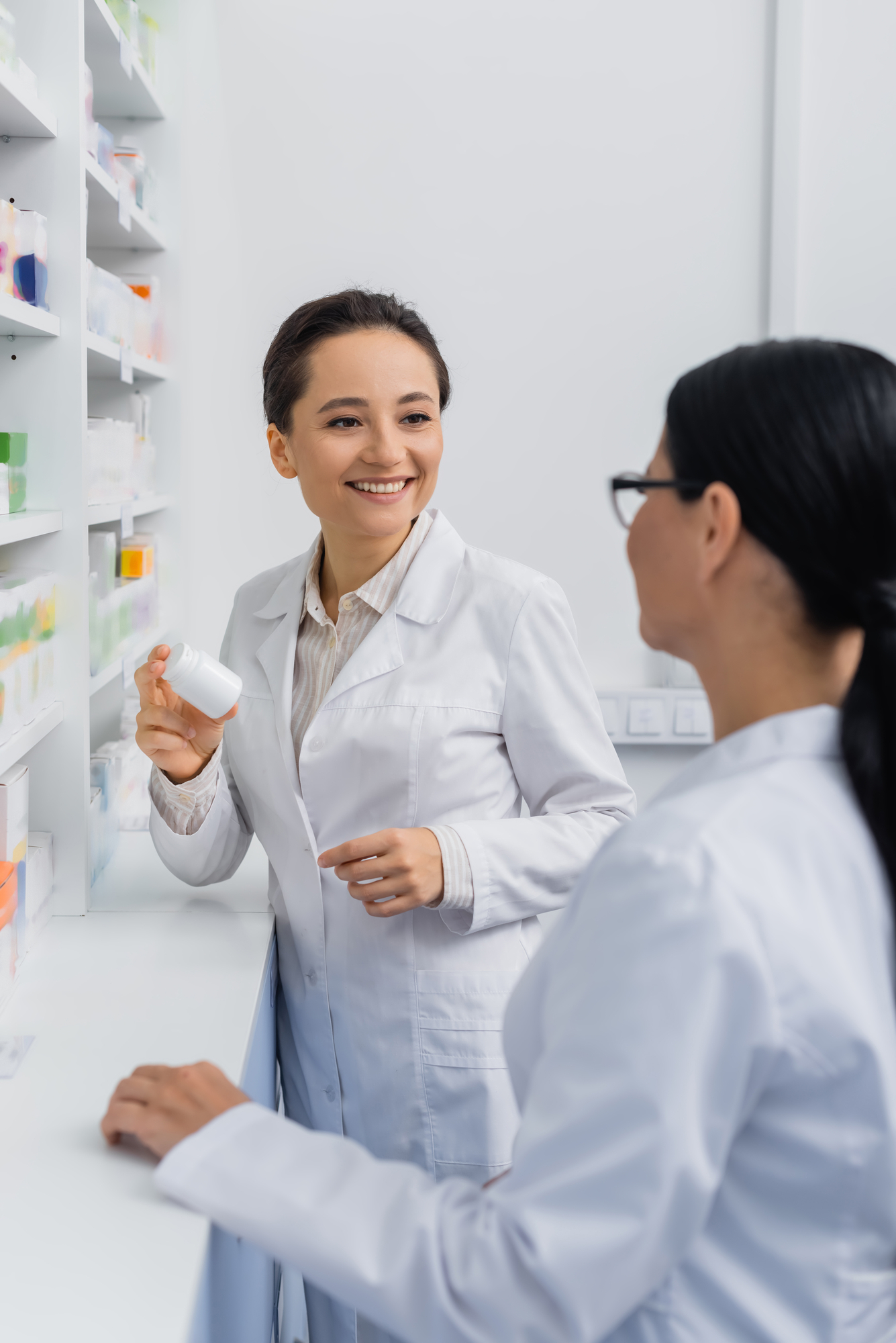Curahealth Telemedicine Platform
- Experienced U.S. licensed healthcare providers
- No subscriptions or hidden fees
- Low-Cost generic medicines, prescribed online
- FDA-approved prescriptions
- Fast delivery in a discreet package








What is Curahealth?
Curahealth Hospitals and Cobalt Rehabilitation operate 17 hospitals across the U.S., combining top-tier medical care with a warm, supportive environment. Led by experienced physicians, our hospitals focus on advanced treatment programs designed to improve outcomes and restore quality of life. From expert care to modern facilities, we’re here to deliver the best in healthcare – every step of the way.
What is Curahealth Virtual Healthcare?
Curahealth Virtual Healthcare is our fully online telehealth platform, trusted by over 500,000 users nationwide. We connect you with licensed healthcare professionals in all 50 states for personalized treatment and prescriptions – all from the comfort of your home.
Whether you’re looking for help with weight loss, anxiety, sleep issues, hair regrowth, skincare, or depression, our providers are here to help. It’s healthcare made simple, fast, and accessible.
How does it work?
Is it legal to prescribe medication online?
Yes. Curahealth uses secure telemedicine technology that allows licensed doctors and nurse practitioners to treat patients remotely. Every provider you interact with is licensed to prescribe medication in your state.
Who are the healthcare professionals on Curahealth?
All doctors and nurse practitioners on Curahealth are licensed U.S. healthcare professionals. They go through rigorous background checks and license verification. You can view their credentials, licenses, and resumes anytime during your care.
Is a video chat required?
Sometimes. A few states require a video consultation by law. If you’re in one of those states, a doctor or nurse practitioner will contact you after your online visit to schedule a video call.
Are there extra costs beyond the medication?
Your total cost depends on the treatment plan, dose amount, and shipping frequency. After your online visit, you’ll get full pricing details based on your prescribed treatment.



Tell Us About Your Health
No need for an office visit. Just take two minutes to describe your symptoms and medical history online — anytime, from anywhere.
Reviewed by a Doctor
Our licensed provider will assess your info and recommend the right treatment. You can connect with them by message, phone, or video.
Get Your Medication
If a prescription is approved, your medication will be shipped quickly to your door in discreet packaging to protect your privacy.
Most drugs are high-priced, and certain segments of people simply cannot afford to buy what they need. Lots of medications that are currently present on the market are known as “generics“.
Those normally come as cheaper versions of branded drugs and are often offered at various pharmacies on the web. As of today, many users feel uncertain whether or not they should try the less pricey versions of their meds, fearing that this somehow may be connected with drug potency and efficiency.
However, those fears are totally ungrounded – to understand this we are going to look on the nature of generics from a closer perspective.
What are generics and how come they cost less
When it comes to the heavy price of a branded drug, the entire scheme of drug development and licensing is the culprit.
Before the drug can be released on the market it needs to undergo several years (sometimes, a decade) of development, and this business can cost to company more than $2 billion. There are three phases of clinical trials and they consume most of the money and time because it is the only way the company can get its medication licensed and sold for a specific condition.
As soon as the company is through with licensing it is granted patent protection, which ensures that it can sell the drug exclusively for a period of 20 years and compensate for its expenses.
Generic drugs allow their manufacturers to cut down on expenses greatly because their release does not involve research; on average, this makes for an 80% to 85% difference in the final price.
Does this still mean generic drugs are safe?
Even though free from the necessity to pass clinical trials, generics are required to meet a lot of other strict requirements.
As dictated by the FDA, a generic drug can only end up on a pharmacy’s shelf if it complies with the following six conditions:
Esomeprazole (Nexium) – Coming Soon
Albuterol (Ventolin) – Coming Soon
Metformin (Glucophage) – Coming Soon
Dapoxetine (Priligy) – Coming Soon